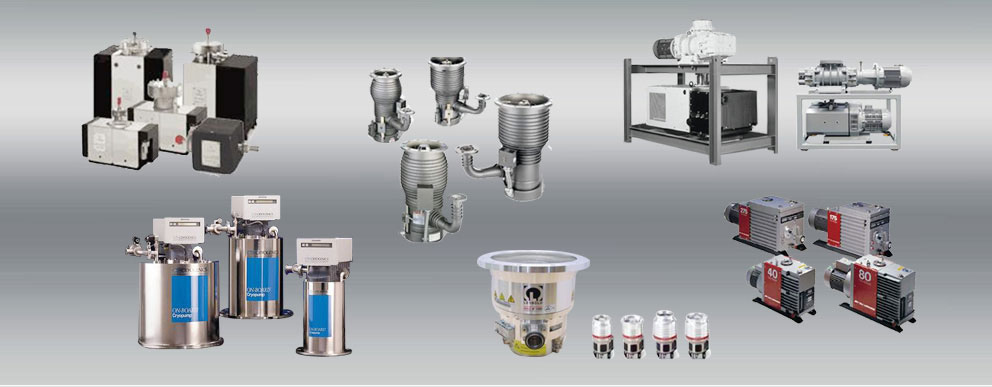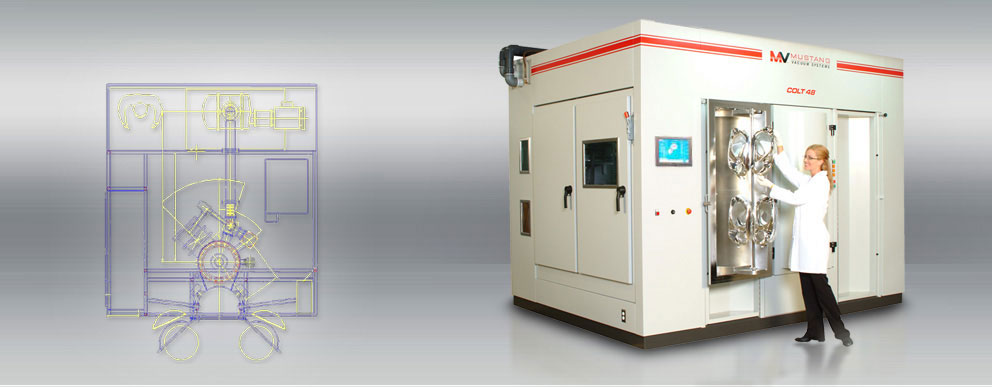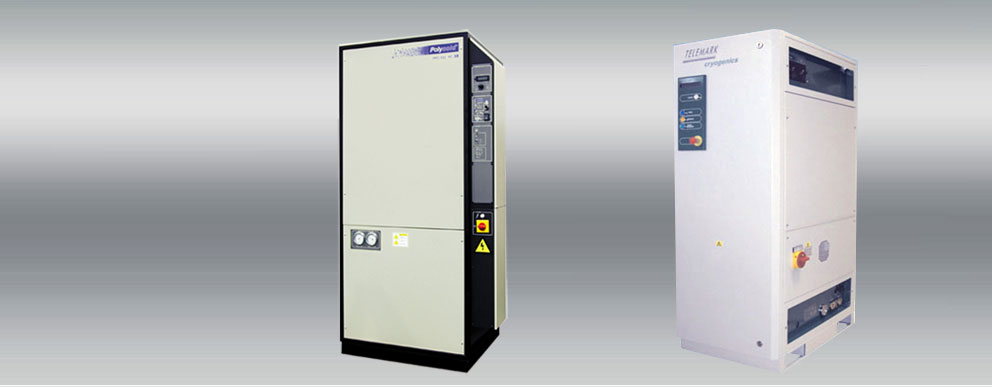|
Vacuum gauge calibration is the foundation of vacu����um measurement and a powerful tool for researching and developing vacuum measurement.
It can not only unify existing relative vac����uum gauges under reliable stand��������ards, but also conduct performance research on developing vacuum gauges.
The so-called '�����;����� Vacuum gauge calibration; It is to measure the relative vacuum gauge; Scale”. The calibration of a vacuum gauge is performed on a certain type of gas under certain conditions to obtain calibration coefficients or calibration curves. Therefore, changes in gas types or working conditions render the original calibration curve unusable and require recalibration. The calibration curve of the same measuring instrument may also change when replacing the gauge. From this perspective, it is essential to calibrate the relative vacuum gauge regularly, otherwise it may result in measurement errors exceeding the allowable limit.
Calibration refers to the entire vacuum gauge, which includes both the vacuum ga������uge of the primary instrument and the electronic circuit of the secondary instrument. Usually, the two are calibrated t�������ogether, or the vacuum gauge tube and electronic circuit can be calibrated separately, with the latter being more ideal.
T������he prerequisite for vacuum gauge calibration is to have a standard vacuum gauge and calibration system, and to perform i�������t through certain methods.
Vacuum standards include absolute vacuum gauges, standard relative vacuum gauges (or secondary standard vacuum gauges), and absolute calibration systems. All absolute vacuum gauges can be used a���s vacuum standards. The vacuum gauge calibration system that uses an absolute vacuum gauge as a reference and accurately calculates the regenerated low pressure after pressure attenuation as the standard is called an absolute calibration system.
The expansion method calibration system applies static thermal equilibrium, based on the Boyle'���������������s law of ideal gases, extending the lower limit of U-tube pressure gauge calibration to high vacuum (10-4Pa). A vacuum gauge with high stability and accuracy, after calibration, can be used as a secondary standard to calibrate the working vacuum gauge. This type of vacuum gauge is called a secondary standard vacuum gauge.
In metrology, a standard is a system arranged according to accuracy levels. Approved by the State Administration of Technical Supervision and implemented on May 1, 1990; Vacuum Measuring Instrumen�������t Calibration System "(JJG2022-89). According to the current level of vacuum technology development, the range of vacuum acquisition and measurement has expanded from atmospheric pressure (105Pa) to extremely high vacuum (<10-10Pa). However, in industrial production and scientific research, the pressure range widely used in practice is 10-8-105Pa.
In order to ensure the accuracy and consistency of vacuum measurement values within this range, a calibration system has been developed to transmit vacuum measurement values and calibrate vacuum timing instruments at all levels. This calibration system is mainly suitable for the calibration of vacuum standard devices and vacuum gaug�������es used in metrology, scientific research, and industrial sectors within the range of LO-8 to LO5Pa.
This article is collected and organized by vacuum coating machine manufacturer Aijia Vacuum fro�����m the���� internet, for learning and reference only!
|







